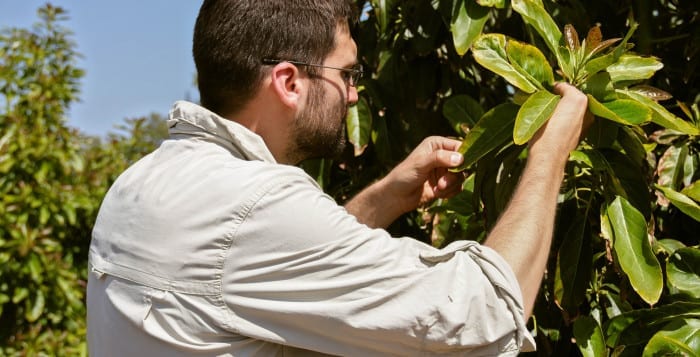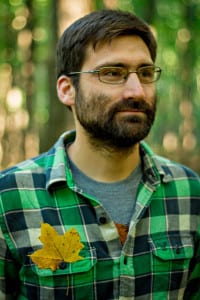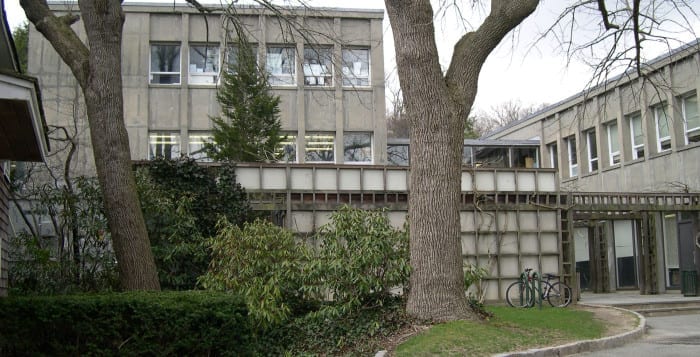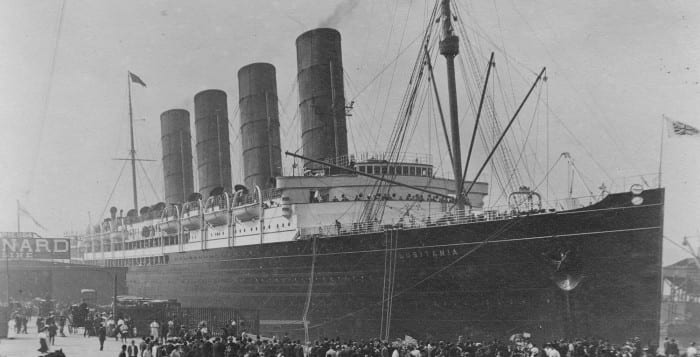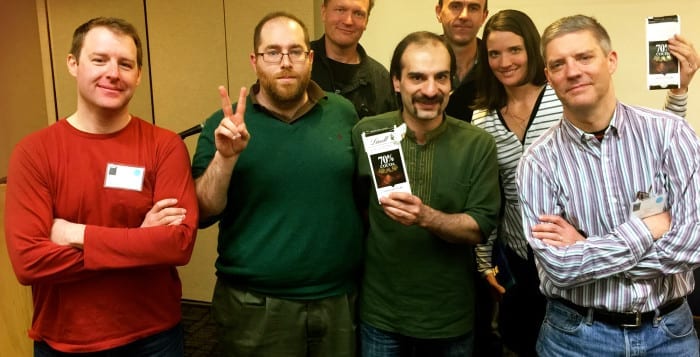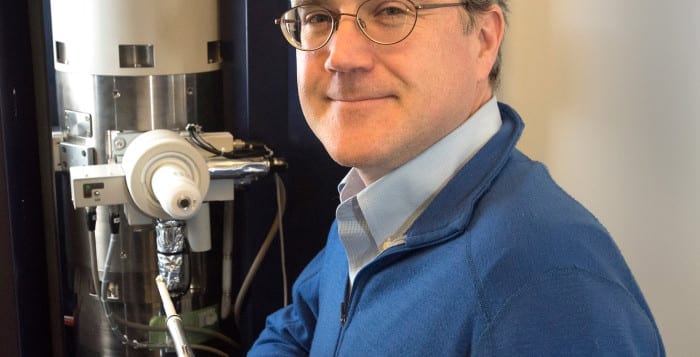Bruce Stillman is still very determined even if he sounds frustrated. I interviewed the CEO of Cold Spring Harbor Laboratory last week when the research institution released, for the first time, a set of numbers indicating the positive economic impact of CSHL on Long Island.
While proud of an institution that has produced eight Nobel Prize winners, Stillman sounded a theme I hear regularly when I interview scientists at CSHL, Brookhaven National Laboratory and Stony Brook University: The country isn’t investing enough in research.
“The reduction in federal funding means we do have to support the institution through philanthropy more than we’ve been doing in the past,” Stillman said. “Hopefully, Congress will realize they should reverse the dramatic reduction in funding in the federal budgets. It doesn’t make any sense.”
Indeed, investments in research around the country make sense on many levels. For starters, many of us have unfortunate direct experience with a deadly disease like cancer, which slowly tears through a person’s body. We have also witnessed friends who have demonstrated spectacular courage and determination in the face of Alzheimer’s, Parkinson’s or other neurodegenerative diseases.
Inspired by our friends and neighbors, we walk, run or do triathlons and we spend time in church, synagogues and mosques praying for them and for strangers battling the same affliction.
Scientists aren’t just looking for ways to lessen the symptoms or ease the pain — they’re also working to find signs of the disease before they appear. Angelina Jolie raised awareness of the potential benefits of preventing problems when she elected to have several surgeries.
As their doctors would rush to tell them, people shouldn’t have surgeries just because a famous actress did. Places like CSHL can provide the kind of knowledge that provides information that empowers informed decisions.
“There’s a lot of misinformation on the Internet,” Stillman said. “What the scientific community is trying to do is to make sure the information about genomics and medicine is correct and [people aren’t relying on information] out there that is misleading.”
Beyond the applied science part, however, researchers who are doing basic science often wind up making critical discoveries. By only funding those projects that might have a direct impact on human health, can and will be too self-limiting. What we learn can and often does help us. On the other side of that scale, what we don’t know can’t have any impact.
And then there’s the financial benefit. Research often has a multiplier effect, creating jobs, bringing in revenue and supporting the local economy.
“Everybody knows, including politicians, that science is an economic driver,” Stillman said. “If you take away public research funding, you’re basically giving up.”
Stillman said that what’s gone on in the last 15 years in the United States “bucks the trend since World War II, when the U.S. was invested and was a world leader in research.”
Stillman himself, who was born in Australia, has won numerous awards and runs his own DNA lab, said he came to this country because of American leadership in research, but now “things are changing rapidly. People like me will not come to this country because there’ll be opportunities elsewhere.”
CSHL, BNL, Stony Brook and LIJ are all huge economic benefits for Long Island, Stillman said.
“Unless this gets reversed,” he warned, “we’ll be in trouble.”
So, what will turn the tide?
“There’ll come a time when one can’t ignore the government role in economic development,” he said. It’s happened before, he argues, as investments in research after World War II helped bring the U.S. out of debt.
As a result future generations benefited enormously — and will do so again.

